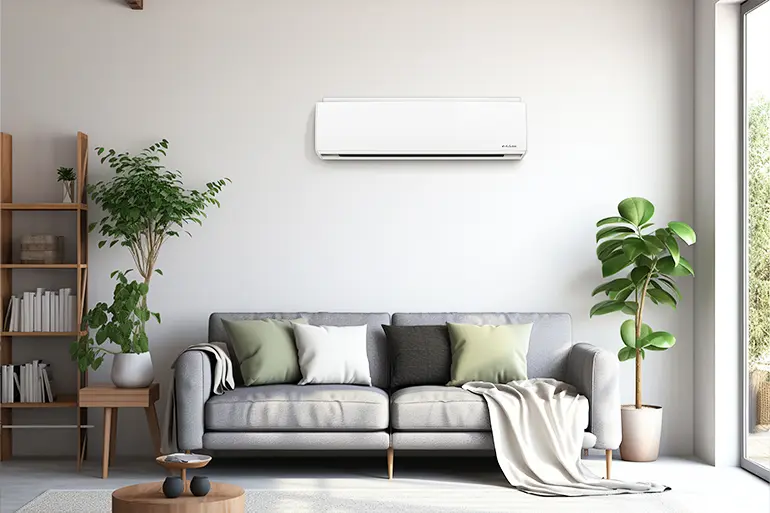Mini Split Buyer's Guide
Imagine it's over 100 degrees outside. Your old window air conditioners clatter as they struggle to keep you comfortable. You need a hoodie or blanket in your room to stay comfortable, but the rest of the house swelters in the unforgivable heat, barely dampened by the air conditioners' attempts. On top of those problems, you'll soon see a hilariously high utility bill from trying not to melt. You need a solution that won't burn you or your wallet.
Now, it's the dead of winter. The temperature outside has plummeted, and no space heater or furnace can reach the entirety of your house. Your family huddles together for warmth like a heart-warming Christmas movie; another high utility bill will be haunting you again very soon. A mini split heat pump can warm and cool your home, regardless of climate demands.


